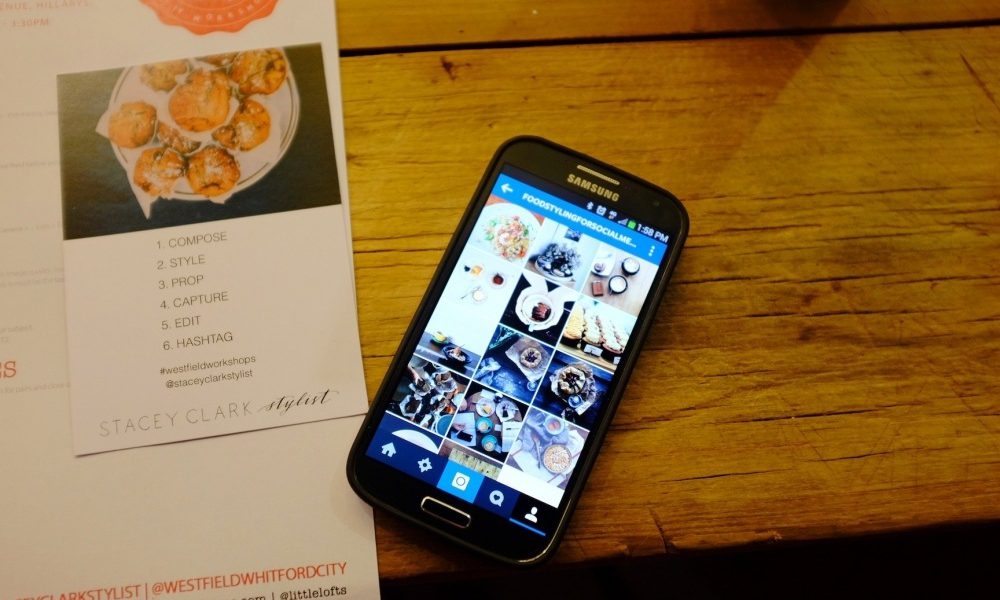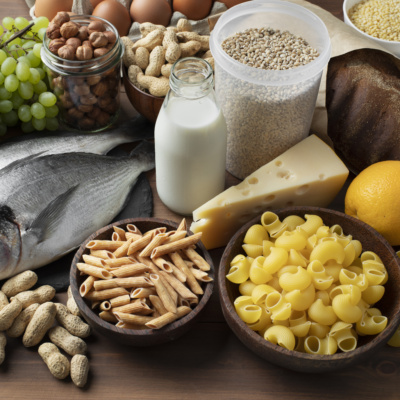Minimum Wage hikes
According to money.cnn.com by July 2021 fast food workers in New York City will have a minimum wage or living wage increases up to $15/hour. This increase in minimum wage is making waves across the country–most recently, Massachusetts also agreed to lift their minimum wage to $11.75 with rates expected to increase over the next few years as well. We know part of having great staff in your restaurant is making sure they’re happy and these national minimum wage hikes should add to just that. However, while the wage hikes are great news for employees, can the many operators struggling with wage hikes turn this huge challenge into a revenue-generating opportunity for their business?
At Dining Alliance, we know that with the right technology, the answer is yes. By turning to mobile guest-facing technology as a buffer against spiraling wage bills, operators can capitalize on innovative self-service models to better deploy their premium guest-facing asset (their employees) and use technology to speed up service in other areas. So what are some of the benefits that technology can deliver to help counteract the minimum wage challenge?
Improved Efficiency:
During peak hours, a mobile app that lets guests order ahead or at their table for delivery, pickup, or dine-in can have a positive impact on the efficiency of operations. Mobile ordering means an end to competing for wait staff’s attention and can help operators turn tables faster. This improved efficiency in ordering can also help reduce walkaways and foot traffic from off-putting queues during busy times.
Better Service:
By allowing mobile self-service ordering to take care of those who prefer the convenience of mobile or who are in a hurry, staff can focus on delivering great customer service elsewhere. Targeting higher value guests or customers who want or need additional attention is not only a smart business move but can significantly impact customer satisfaction and overall repeat business.
Enhanced Engagement:
Smartphones are fused to our everyday existence. Additionally, with the permeance of social media in the consumer day-to-day, engaging with guests online has never been so easy. From utilizing mobile ordering systems, social integrations, keeping your own social channels fresh, or even using text-based marketing there has never been a better way to engage, communicate, and socialize with guests. Greater mobile engagement by guests means operators can raise their profile through social awareness, enjoying higher value orders and creating a better, more convenient customer journey.
 Increased Check Value:
Increased Check Value:
Putting the power of ordering and payment in guests’ hands with a web or mobile app can directly affect the value of their checks. Operators are finding guests tend to order more when they’re left to their own (mobile) devices to browse and buy without the pressure of staff waiting for their decision. According to Business Insider, “Orders placed via smartphone will make up more than 10% of all quick-service restaurant sales by 2020,” Business Insider Intelligence projects. “At that point, mobile ordering is expected to be a $38 billion industry.” By upselling or cross-selling items at key points throughout the ordering process, customers can be driven to order extra items they may not have considered when just browsing from a traditional paper menu.
 Greater Loyalty:
Greater Loyalty:
One of the most valuable aspects of mobile ordering is its ability to capture detailed information about customer preferences and past buying behaviors. By harnessing the power of customer data to drive more tailored marketing, operators can encourage loyalty by allowing guests to unlock premier status during their visit.
Ultimately, operators quick to recognize the opportunity to adapt and exploit technology to transform their businesses will not just offset their growing operational costs, but could actually enjoy healthier profits thanks to more streamlined operations, smarter data-led marketing, and the strategic redistribution of existing wait staff to maximize profit from higher value guests through exceptional customer service.






